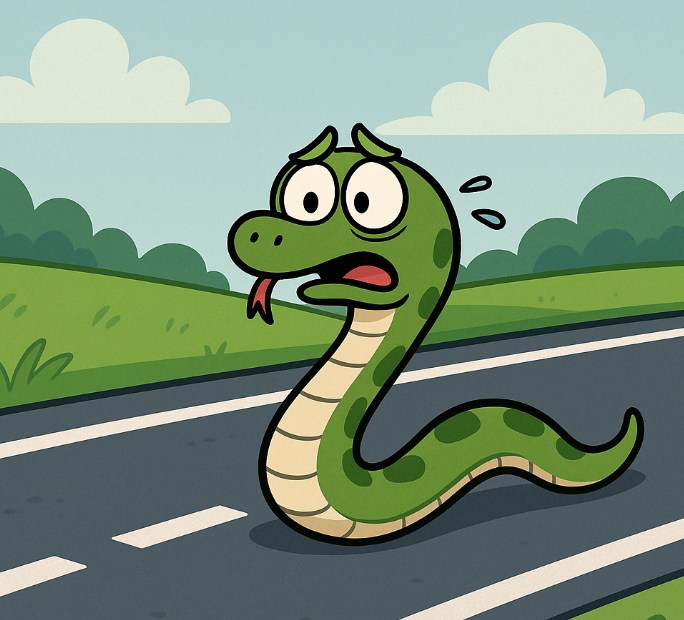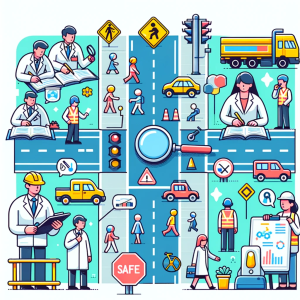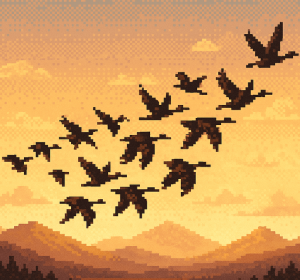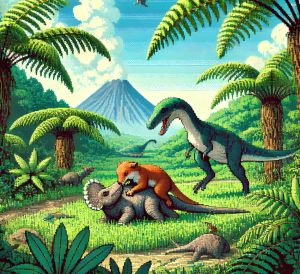
The Hidden Road Risk Killing India’s Wildlife
What if your morning commute meant dodging cars with no chance of escape? For frogs, snakes, and even leopards in India’s Nelliyampathy Hills, that’s not a hypothetical—it’s daily life.
A new study has revealed that more than 5,000 animals are killed each year along just 50 kilometers of road in this lush, biodiverse region of the Western Ghats. And you might be surprised at who’s dying the most.
Spoiler: It’s not the cute, photogenic mammals.
From June 2023 to May 2024, researchers hit the roads—literally—driving slowly along a 50 km stretch in Kerala’s Nelliyampathy Hills. Their mission? Count every roadkill. Across 22 surveys, they recorded 330 dead animals from 72 species. When you crunch the numbers, that’s about 15 roadkills per survey or an estimated 5,490 animals per year on this small road segment alone.
The breakdown was startling:
- Reptiles: 66% of all roadkills
- Amphibians: 20%
- Mammals: 10%
- Birds: Just 4%
Turns out, it’s not just the big animals we think of that are at risk—it’s the small, silent, and often overlooked creatures that are getting hit hardest.
A Road Too Far: Why Are Reptiles Dying So Much?
Picture a snake sunbathing on warm asphalt. That’s not laziness—it’s thermoregulation. But that comfy roadside spot also puts them directly in the path of speeding cars. Add in low mobility and low visibility, and reptiles are essentially sitting ducks.
Even worse, some people see snakes and purposely run them over out of fear. Combine natural behavior with human bias, and you get a recipe for reptile tragedy.
Frogs, Mice, and Macaques: Who Else Is Getting Hit?
Frogs and toads were also common casualties, especially near coffee and paddy plantations and muddy terrain, which attract insects (a frog buffet). But because the surveys were done during the day, many nocturnal amphibian deaths probably went unnoticed. That means the real number is likely much higher.
Mammals fared a bit better, though rodents like rats and squirrels weren’t so lucky. Larger animals like leopards and macaques were rare roadkill events, but still happened.
Birds, surprisingly, had the lowest roadkill rate. Their wings give them an edge when it comes to avoiding cars, but species like nightjars that stay close to the ground still ended up victims.
So, What’s Causing All This Carnage?
Using a fancy technique called Random Forest modeling (think: super-smart computer guessing game), the researchers found five key environmental features that made roadkill more likely:
- Coffee plantations
- Muddy terrain
- Dams or other water sources nearby
- Dense undergrowth
- Low canopy cover
Basically, roads that cut through wildlife-friendly environments—rich with water, food, and hiding spots—become death traps. Animals are drawn in… and don’t always make it out.
One Road, Many Victims: Why This Matters
This isn’t just about one road in India. Globally, roadkill is a leading cause of wildlife death, with over a million animals killed per day in the U.S. alone. With the global road network expected to grow by 60% by 2050, the problem is only worsening.
The Nelliyampathy Hills are part of the Western Ghats, a biodiversity hotspot teeming with rare and endangered species. Losing wildlife here doesn’t just impact local ecosystems—it chips away at global biodiversity.
What Can We Do About It?
Luckily, there’s hope. The study suggests practical steps like:
- Wildlife crossings (overpasses and underpasses)
- Speed limits in high-risk areas
- Nighttime driving bans (already in place in some parts of the study area)
- Public education about the importance of these animals
And perhaps most importantly, designing roads with wildlife in mind from the start.
Let’s Explore Together
The humble frog or unsuspecting skink doesn’t stand a chance against a tire. But knowledge can change that. This study gives us the map—we just need to follow it.
💬 How do you see this research affecting your life?
🚸 What wildlife do you see near roads in your area?
📚 What’s the wildest science fact you’ve learned recently?
Tag a friend who cares about animals, and share this to start the conversation. Because saving wildlife might just start with where—and how—we build our roads.



